Imagine being able to generate more leads, appointments, and sales from your cold email campaigns. With the right email frameworks, it’s possible. In this blog post, we’ll unveil the secrets behind crafting effective cold emails that resonate with your target audience and boost reply rates. We’ll explore five top cold email frameworks, discuss the importance of personalization, relevance, and value proposition, and reveal how AI tools like ChatGPT can revolutionize your outreach efforts.
Key Takeaways
- Integrate personalization, relevance and a compelling value proposition into your cold email framework to increase engagement.
- Utilize AI tools such as ChatGPT to streamline the template creation process for improved outreach efforts.
- Maximize success of cold emails with professional tone, attention-grabbing subject lines, effective follow up strategies & continuous optimization.
1. Crafting an Effective Cold Email Framework
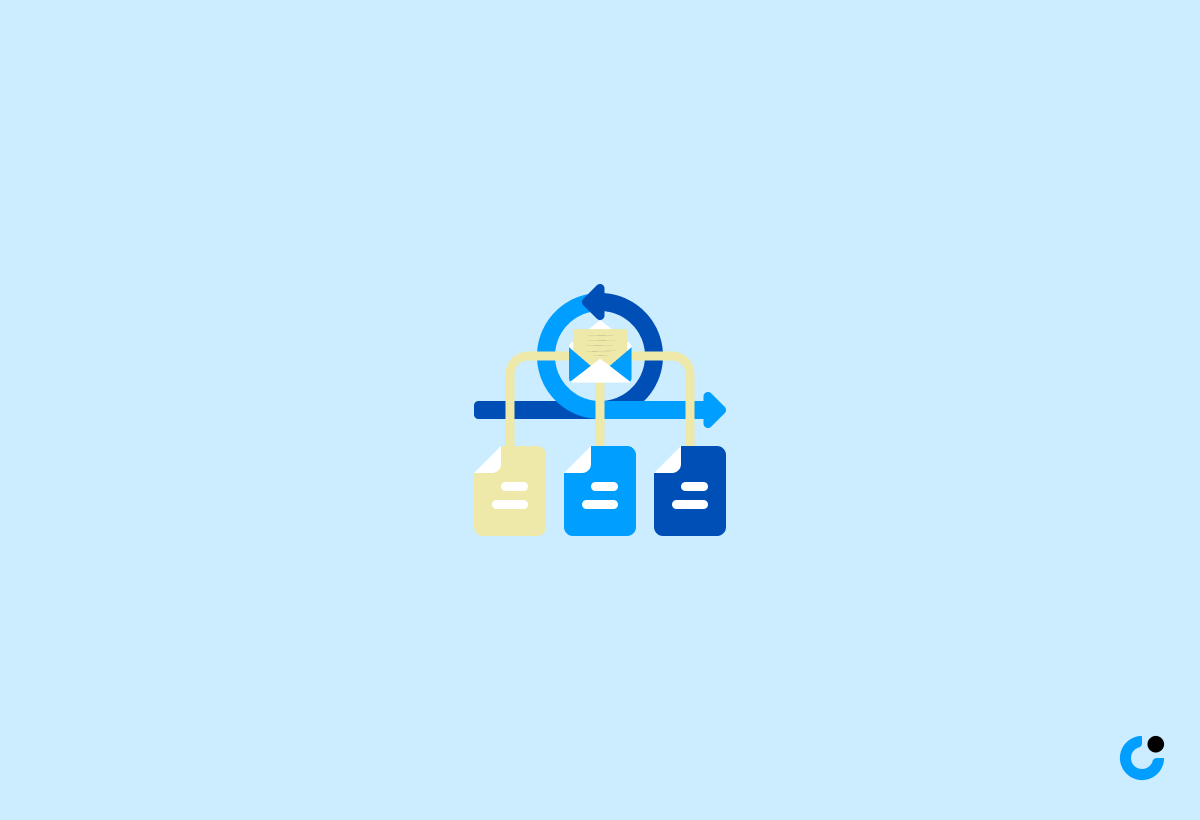
An effective cold outreach framework hinges on the integration of three key components: personalization, relevance, and a compelling value proposition. The strategic inclusion of these elements fosters engagement with your prospects and amplifies the chances of eliciting a response.
We’ll delve into each component to appreciate their roles in crafting an ideal cold email template.
Personalization
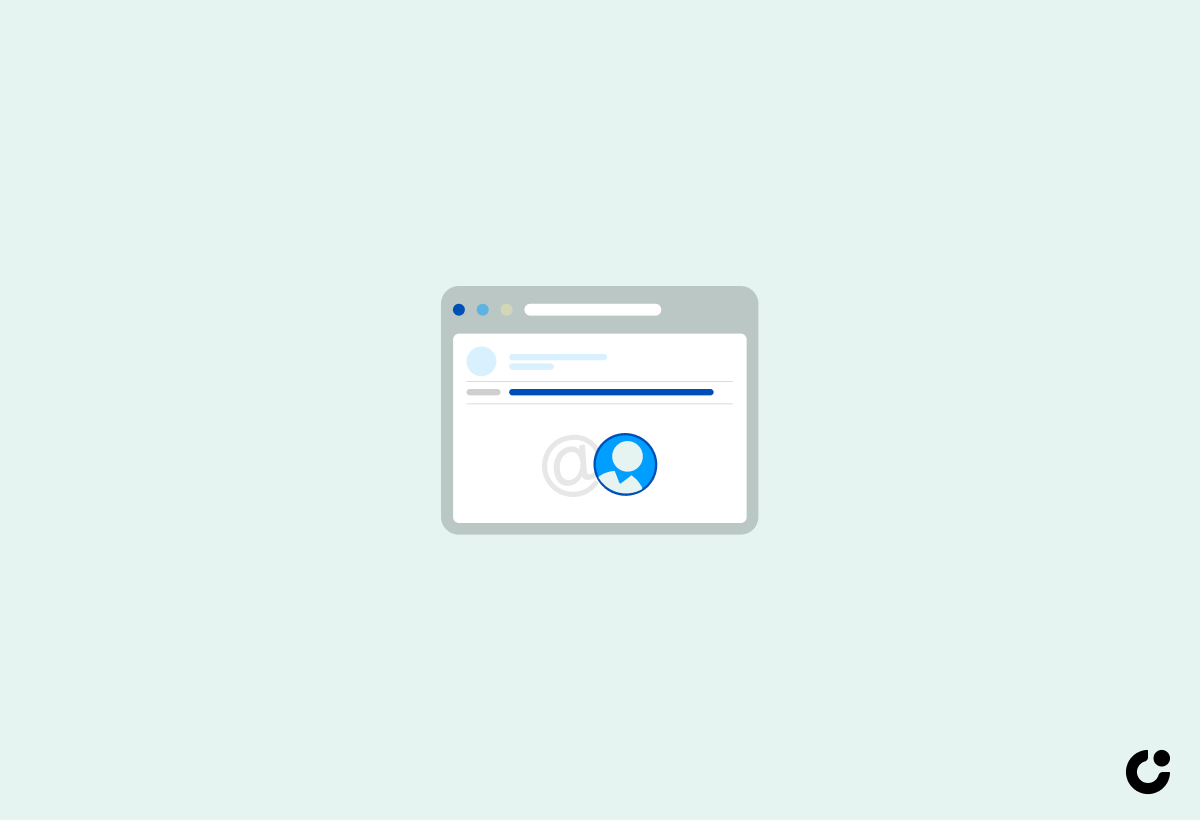
Personalization plays a vital role in making your cold emails stand out from the crowd. When you tailor your outreach to suit the individual needs and challenges of your prospects, you increase the chances that they’ll engage with your message. List segmentation is a valuable technique for sales teams, as it helps customize your email content based on variables such as location, position, and services provided. For example, leveraging “The DM” framework for LinkedIn InMail/DM messages can help sales leaders create powerful conversation starters that resonate with their audience.
To enhance the effectiveness of your personalized cold emails, initiate with a conversation starter that sets the context and relevance for your prospect. This could be a recent industry news update, a pain point specific to their role, or a mention of your mutual connections. By showing that you’ve done your homework, you’ll demonstrate genuine interest in your prospect’s needs and challenges.
Relevance
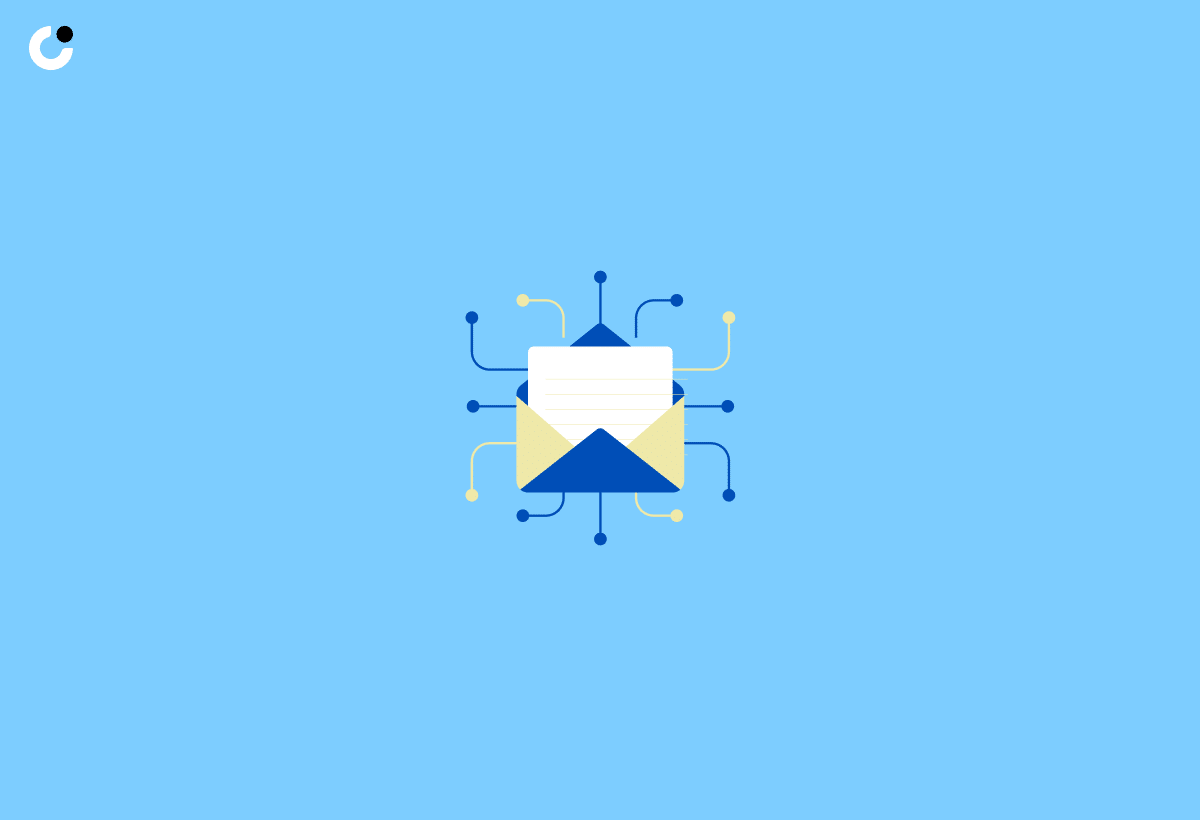
Relevance is the glue that holds your cold email together, ensuring that your message addresses the specific needs and pain points of your prospects. Crafting a relevant hook captures your prospect’s attention and enhances the probability of them engaging with your message. In the Exec-to-Exec cold email framework, for example, the second element emphasizes that your team is united in addressing the issue that the recipient is facing, showcasing the effectiveness of your own outreach efforts.
Begin by identifying your prospect’s challenges or areas for improvement in their current processes to create more relevant content. Subsequently, incorporate a data point or research finding that underscores the benefits of your product or service. By connecting your offering to a specific issue faced by the prospect, you’ll establish a deeper connection and improve the chances of a positive response.
Value Proposition

A strong value proposition is the cornerstone of any successful cold email. It effectively communicates the benefits of your product or service, making it more appealing to prospects and increasing the likelihood of a reply. To craft a robust value proposition, focus on the advantages your offering brings to the table and support your claims with testimonials from satisfied customers.
Leveraging social proof in your cold emails can reinforce your value proposition and build trust with your prospects. Here are some ways to incorporate social proof:
References to mutual acquaintances
Direct prospects to a testimonial page
Include credentials in your email signature
Cite analogous companies that have benefited from your product or service
By including social proof, you can enhance the persuasiveness of your message and increase your chances of success.
Top Cold Email Frameworks to Boost Replies
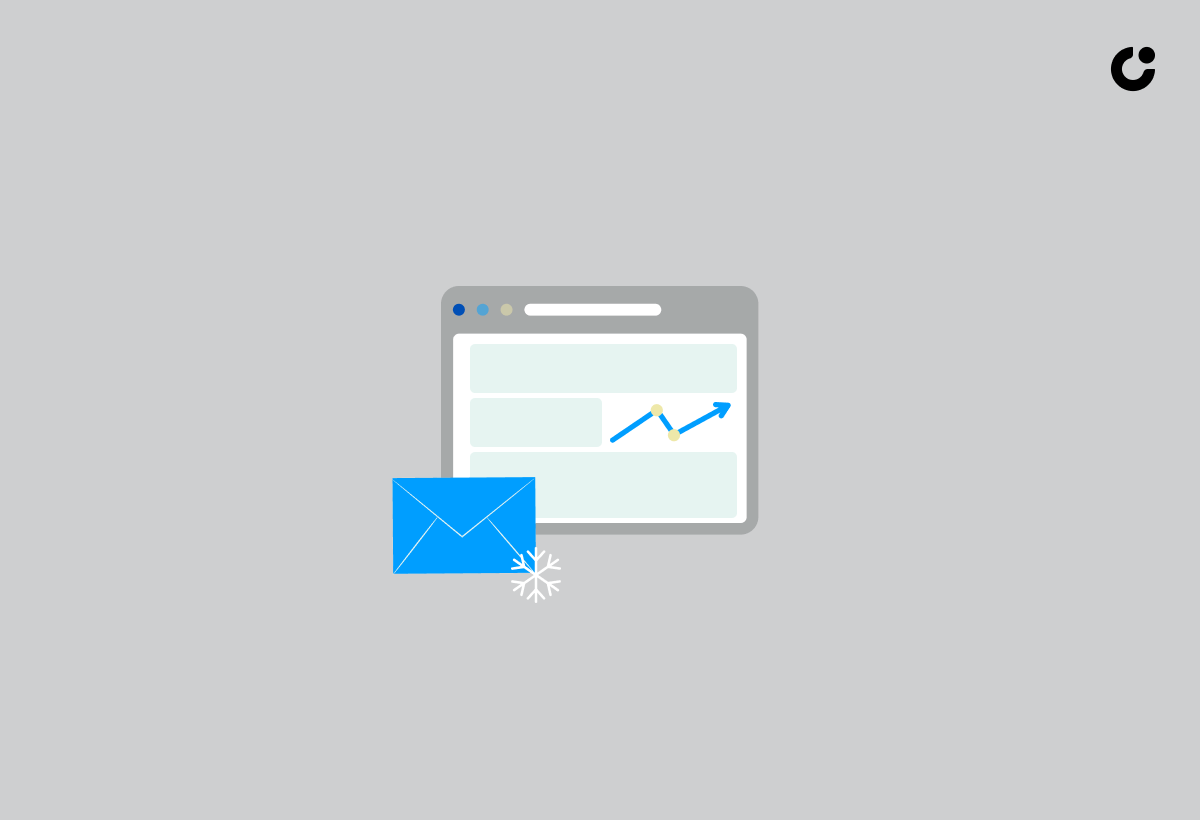
Having discussed the fundamentals of creating an effective cold email, we’ll now delve into the leading cold email frameworks that can bolster replies. These frameworks include:
Generic approach
Persona-based approach
Intent-based approach
Research/numbers-based approach
Problem-solution approach
Each framework targets different aspects of prospect engagement, helping you create compelling cold emails that resonate with your target audience. We’ll examine each of these frameworks in detail to understand their potential in enhancing your cold email campaigns.
Generic Cold Email Framework
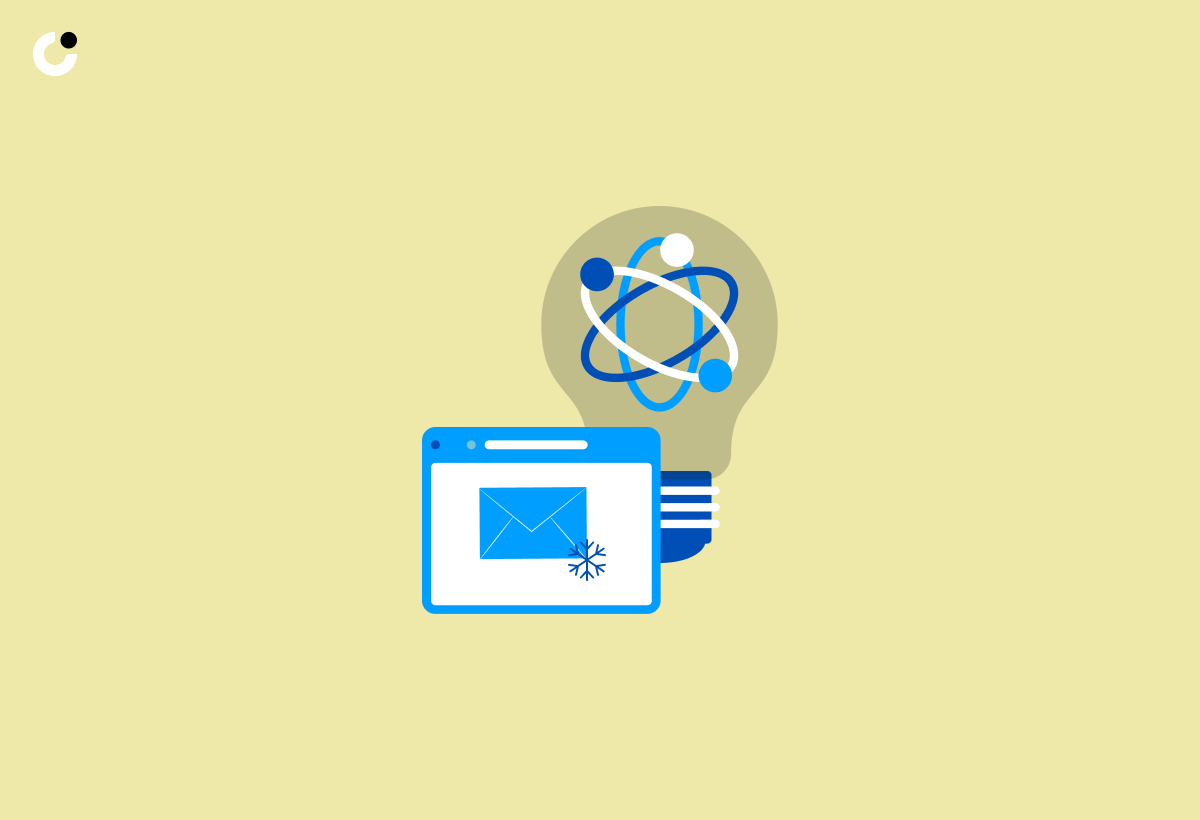
The generic cold email framework is a simple yet effective approach that centers around the value proposition and the issue the recipient is attempting to address. Employing basic personalization tactics, like including the recipient’s name or company details, alongside a straightforward value proposition, facilitates the creation of a message that resonates with your audience.
When crafting a cold email using the generic framework, it’s important to avoid generic templates that can be perceived as spam. Instead, focus on establishing relevance and personalizing your message to address the recipient’s needs and challenges. Adopting this approach amplifies the probability of receiving a response while preventing your email from landing in the spam folder.
Persona-Based Cold Email Framework

The persona-based cold email framework is particularly beneficial for sales leaders targeting specific buyer personas. Centering on the recipient’s persona and interests enables the crafting of a more engaging and tailored message that directly addresses their challenges.
To craft an effective persona-based cold email, follow these steps:
Identify your target buyer persona and understand their specific pain points and challenges.
Mention a few similar companies that have benefited from your product or service to provide social proof.
Address the prospect’s challenges and present a customized value proposition.
This will heighten the likelihood of eliciting a response.
Intent-Based Cold Email Framework

The intent-based cold email framework prioritizes the recipient’s intent and needs, making it an effective approach for crafting cold sales emails. Understanding the prospect’s intent equips you to craft a message that is likely to resonate with them and provoke a response.
In this framework, the email content should focus on the prospect’s intent, such as their goals, challenges, or current processes. Additionally, include a tailored value proposition and social proof to further engage the prospect. By addressing the prospect’s intent and offering a customized value proposition, you’ll create a more compelling and persuasive cold email.
Research/Numbers-Based Cold Email Framework

The research/numbers-based cold email framework is rooted in research regarding the size of the prospect’s department, making it an effective cold email strategy for targeting prospects based on specific data points. By customizing your email content based on research data, you can create a more personalized and relevant message for your recipient.
To craft an effective research/numbers-based cold email, follow these steps:
Start by identifying a data point relevant to the prospect’s needs or interests, such as their department size or industry statistics.
Weave this information into your email content to demonstrate your understanding of their challenges and provide a tailored value proposition.
Incorporate research data and figures into your cold email to create a more compelling message.
This approach stands a good chance of eliciting a response from the recipient.
Problem-Solution Cold Email Framework
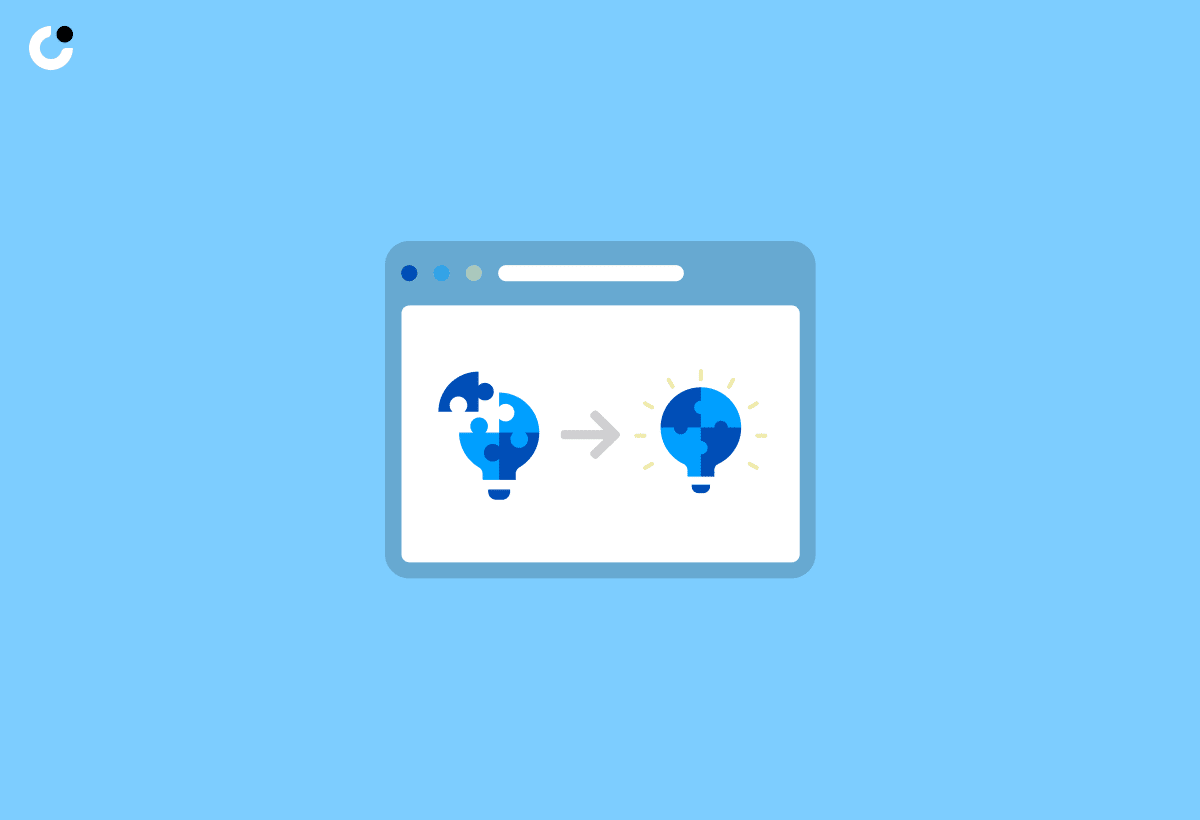
The problem-solution cold email framework emphasizes the issue the recipient is aiming to address and the potential remedy for it. By identifying a specific problem faced by the prospect and offering a tailored solution, you can create a more compelling and engaging cold email.
When crafting a problem-solution cold email, follow these steps:
Pinpoint a specific pain point or challenge faced by the recipient.
Present a solution that addresses this issue and demonstrates the value your product or service can provide.
Concentrate on the prospect’s problem and provide a tailored solution.
This boosts the probability of not only receiving a response but also scheduling a quick call with the prospect.
Customizing Cold Email Templates with AI Tools

Customizing cold email templates with AI tools like ChatGPT and other AI-powered tools can save time and improve the effectiveness of your cold email campaigns. These tools can help generate personalized and relevant content based on your prompts, streamlining the email creation process and optimizing your outreach efforts.
We’ll examine ChatGPT and other AI-powered tools in more detail to understand how they can revolutionize your cold email campaigns.
ChatGPT

ChatGPT is an AI tool developed by OpenAI that can help customize cold email templates by generating personalized and relevant content based on prompts. By providing AI-generated suggestions, ChatGPT can assist in creating more engaging and tailored cold emails, thereby increasing the likelihood of receiving a response.
Using ChatGPT for cold email templates offers several benefits:
Streamlines the process of creating cold emails
Ensures that your emails are tailored to the recipient’s preferences and requirements
Harnesses the power of AI to create more effective cold email campaigns
Enhances your overall outreach efforts
Other AI-Powered Tools
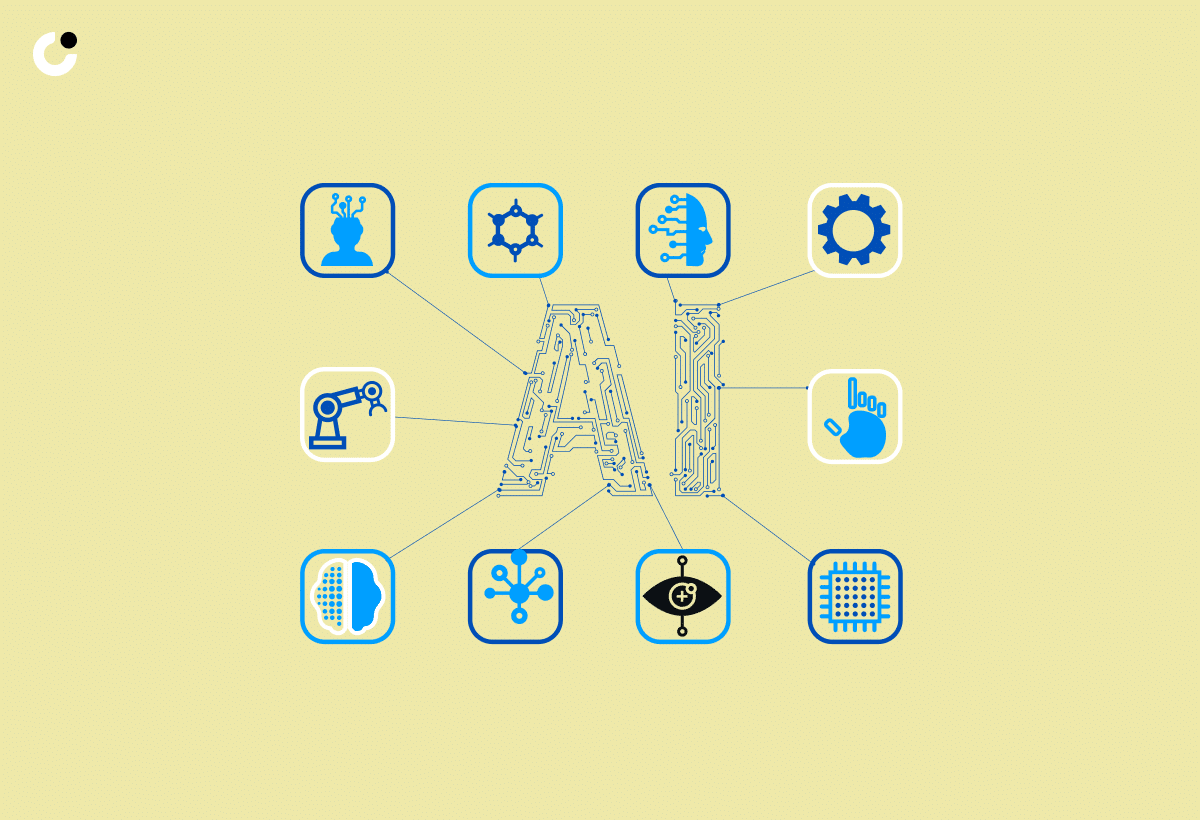
In addition to ChatGPT, there are several other AI-powered tools available for customizing cold email templates. These tools include:
These tools can help generate personalized emails, set up multichannel sequences, manage prospect responses, and schedule meetings with ease.
Utilizing these AI-powered tools can save time and effort in crafting cold email campaigns, allowing you to focus on other aspects of your sales process. The integration of AI into your outreach strategies enhances the effectiveness of your cold emails, leading to improved campaign results.
Tips for Maximizing Cold Email Success

Several key areas warrant focus to maximize the success of your cold email campaigns. Crafting compelling subject lines, implementing effective follow-up strategies, and continuously testing and optimizing your campaigns can make a significant difference in your cold emailing success.
We’ll delve into these practical tips designed to maximize the efficacy of your cold email endeavors.
Subject Lines

Subject lines are the first thing your recipient sees when your email lands in their inbox, so it’s crucial to make them concise and attention-grabbing. According to Marketo, the ideal length for a cold email subject line is seven words. To create an engaging subject line, consider:
Personalizing it with the recipient’s name or company details
Highlighting a benefit
Generating curiosity
Utilizing power words
Running experiments with various subject lines and evaluating response rates helps identify what resonates most with your target audience. A captivating subject line can greatly increase the likelihood of your email being opened and read, leading to more successful cold email campaigns.
Follow-Up Strategies

Follow-up strategies are essential for maximizing the success of your cold email campaigns. Here are some tips to keep in mind:
Wait 1-2 days between follow-up attempts.
Limit the total number of follow-up attempts to three.
Carefully plan your follow-ups to amplify the chances of eliciting a response without inundating your prospects.
In your follow-up emails, consider providing additional information or resources, addressing common objections, or offering a new perspective on the issue at hand. Showcasing your commitment to assisting the prospect and adding value in each follow-up enhances the likelihood of securing a response and arranging a quick call.
Testing and Optimization
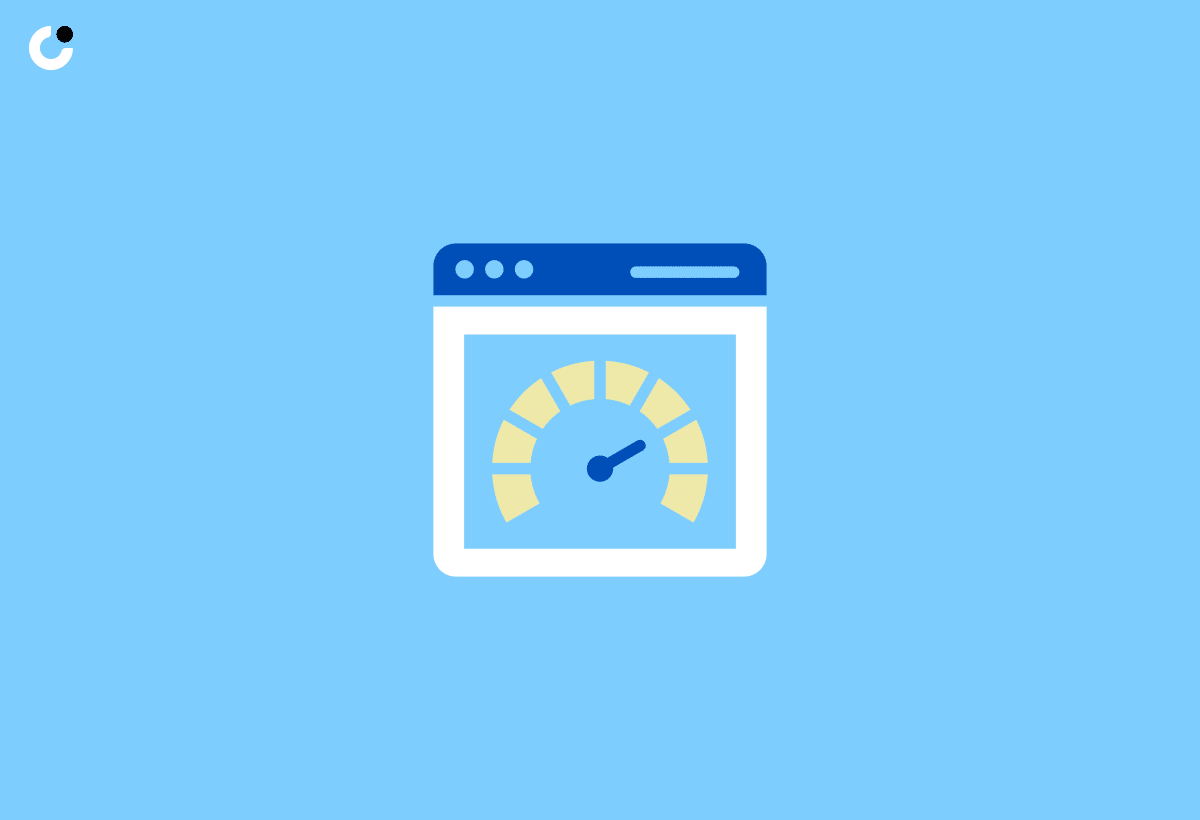
Testing and optimization are crucial for the ongoing success of your cold email campaigns. Experimenting with various email elements, including subject lines, content, and send times, assists in identifying what fits best for your target audience and facilitates continuous campaign improvement.
Utilize A/B testing to compare different versions of your emails and measure their performance. Be sure to test one variable at a time and analyze the results to make data-driven decisions that optimize your email campaigns.
Constant testing and optimization of your cold emails guarantee sustained effectiveness of your outreach efforts and yield improved results.
Summary
In conclusion, crafting effective cold emails is all about combining personalization, relevance, and a strong value proposition to boost reply rates. By utilizing the top cold email frameworks, such as generic, persona-based, intent-based, research/numbers-based, and problem-solution frameworks, you can create compelling and engaging messages that resonate with your target audience. Furthermore, AI tools like ChatGPT and other AI-powered solutions can revolutionize your cold email campaigns, saving time and improving their effectiveness. With the right strategies, a focus on testing and optimization, and the use of AI tools, you can maximize the success of your cold email campaigns and generate more leads, appointments, and sales.
Frequently Asked Questions
Is cold emailing illegal?
No, cold emailing is not illegal. However, businesses should comply with relevant anti-spam regulations to avoid legal risks and protect their reputation.
What is the best cold email?
Target only the most qualified prospects, use the right point of contact, customize the subject line and body content, provide a clear call-to-action, and follow up until you get a "no" – these five components make for the best cold email.
What is the Aida cold email framework?
The AIDA cold email framework requires the crafting of content which grabs attention, sparks interest, builds desire and encourages the reader to take action.
What is an example of a cold email template?
Here's an example of a cold email template you can use: Hi (FIRST NAME), I came across your name on source and was wondering if you could help me out. I have a solution for industry problem or pain point that I think company name could really benefit from, but I'm having trouble connecting. Are you the right person to contact about (INSERT SERVICE) at (COMPANY NAME)?
How can I personalize my cold email templates?
Personalize your cold email templates by using the recipient's name, referencing specific details about their company or industry, and addressing their pain points. Tailor the content to meet the individual needs of the recipient and use a professional tone.

